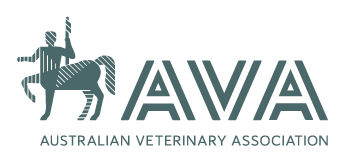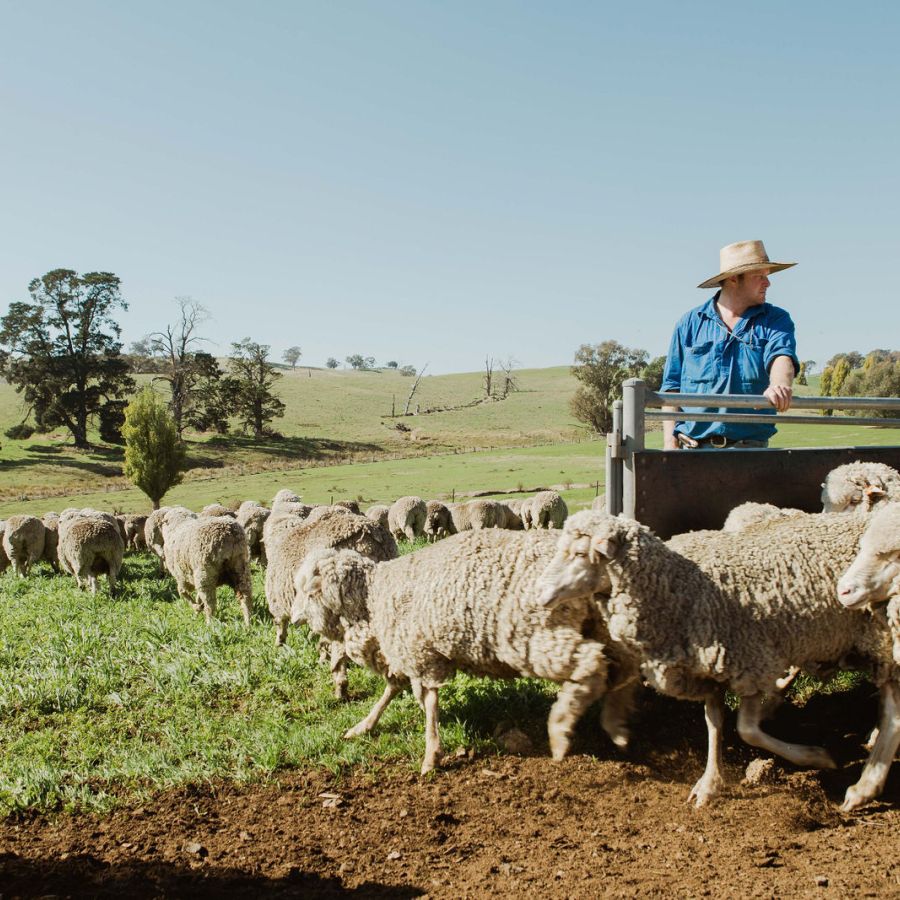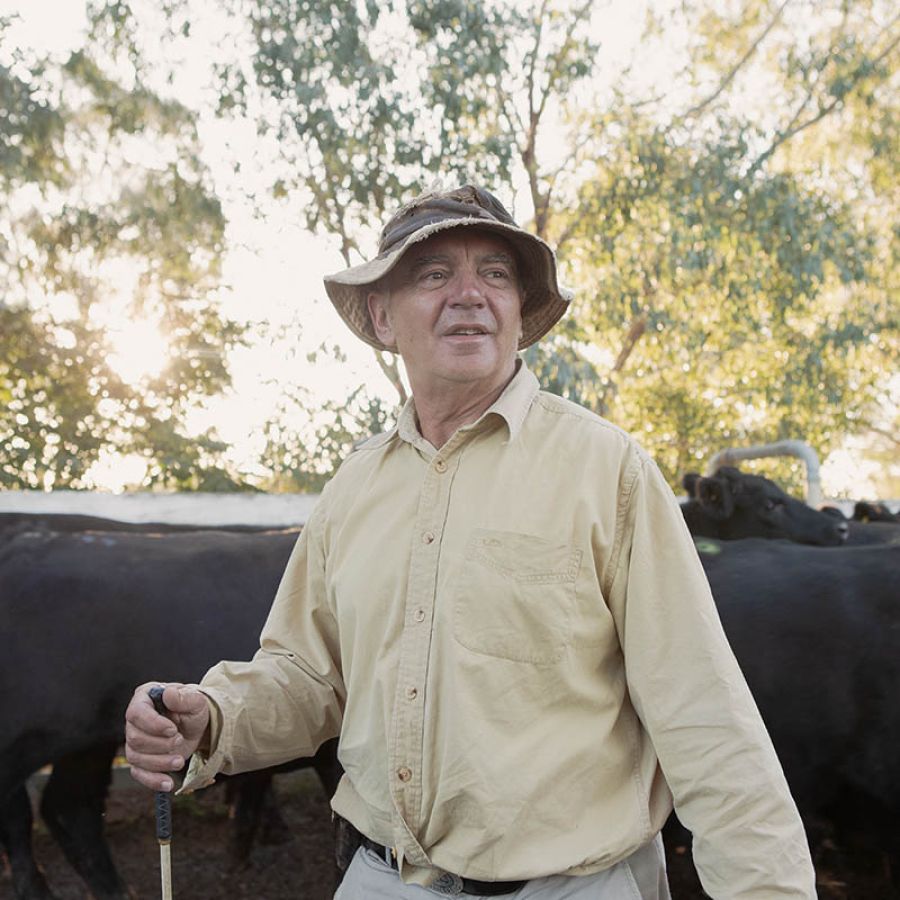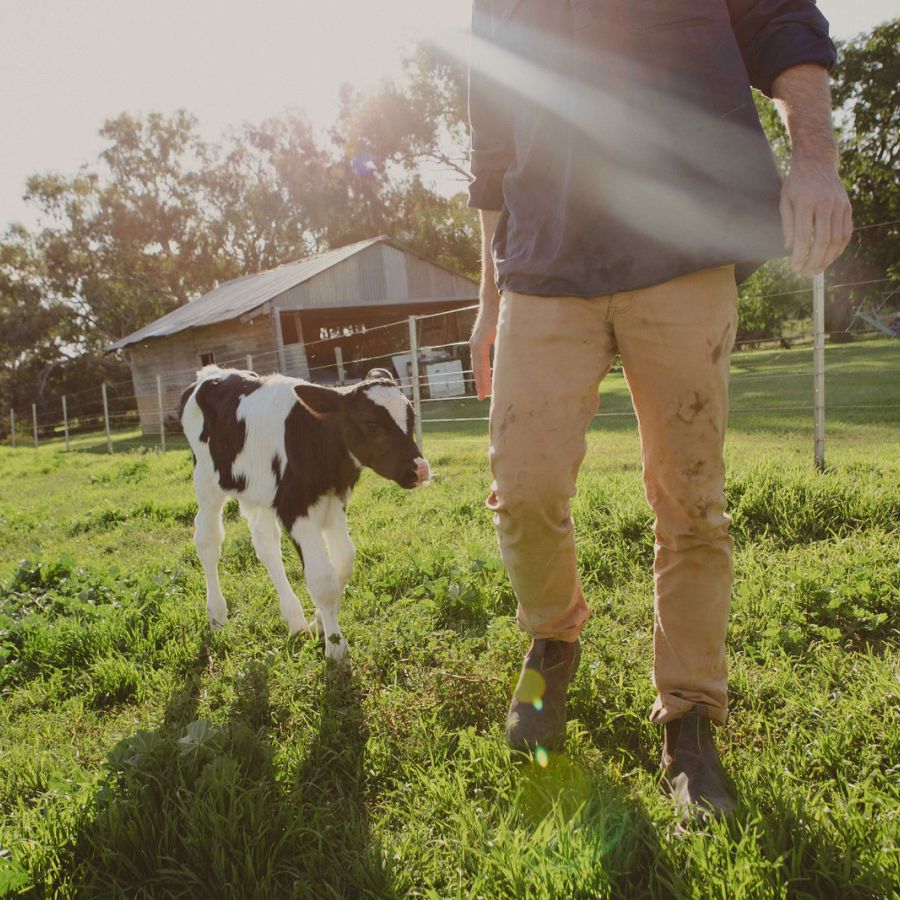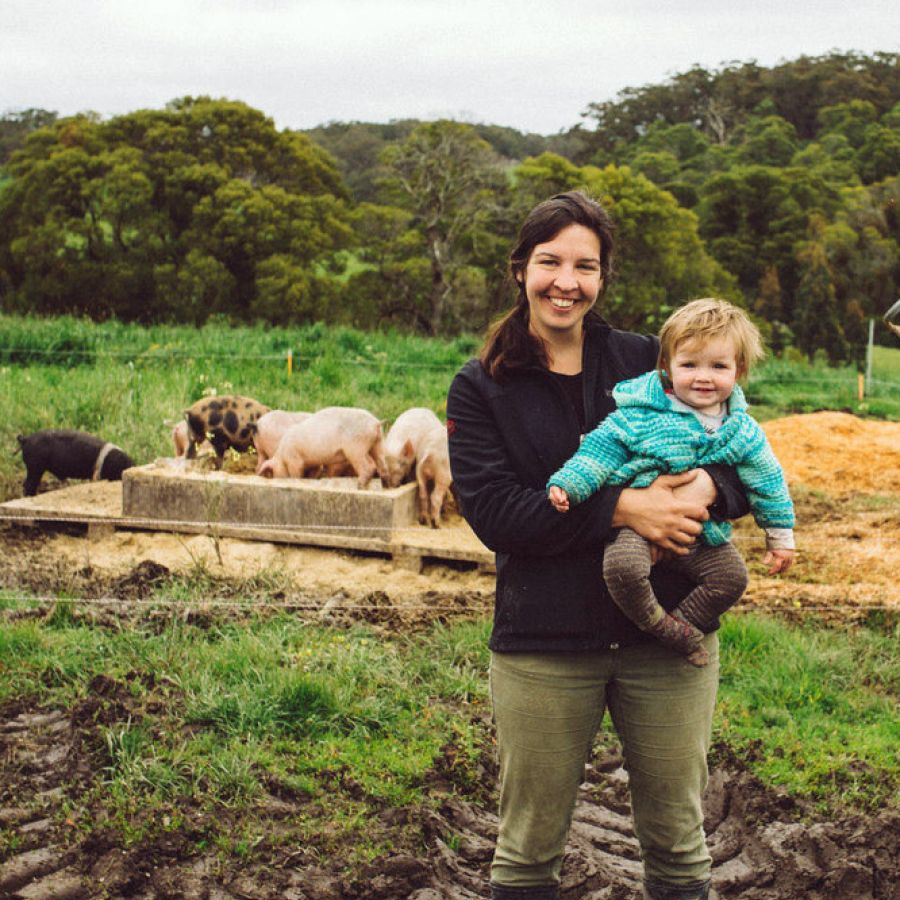Our Standards
The welfare of livestock is of utmost importance to Better Choices Members.
Our standards are underpinned by the Australian Animal Welfare Standards and Guidelines, which outline the basic standards of care expected for livestock, including:
- Assessment of the need to undertake any husbandry procedures that may result in significant short-term pain against alternative strategies for the long-term welfare of the sheep/cattle.
- Undertaking of any husbandry procedures required for planned flock herd management in a manner that reduces the impact of these procedures and minimises risks to sheep/cattle welfare.


REPLACE: Genetic shift
If you have invested in a flystrike-resistant sheep-breeding program and ceased mulesing or are transitioning to a polled herd through a genetic program, we want to recognise you as a Better Choices Member, for your long-term commitment to pain mitigation, through procedural elimination.
REFINE: Management shift
If you are adopting improved management practices to reduce the number of animals experiencing pain on your farm, we want to recognise you as a Better Choices Member.
RELIEVE: Essential Procedure
We know that not all causes of pain can be eliminated and it’s essential that, in these situations, we work proactively with our vets to plan and ensure adequate pain relief is provided.
Within our standards, we recognise ALL registered animal health products, which provide pain relief during these times.
But we especially recognise those vets and farmers who adopt a multimodal approach and use more than one product to treat the different types of pain experienced by our livestock.
Right procedure. Right product. Right duration.
Pain relief during routine husbandry procedures is now expected. One product is not enough: combined local anaesthetics and NSAIDs provide better relief. Local anaesthetics provide immediate relief but are short-acting; NSAIDs give longer duration relief but not for immediate pain.
If you have eliminated or conduct any of the following procedures and use any of the products listed below, then we want to recognise you as a Better Choices Primary Producer member!
Procedure
Flystrike is a potentially fatal condition that affects sheep and can lead to extreme distress if not treated in time. It occurs when flies lay eggs on the skin of a sheep, resulting in maggots hatching and burrowing into the flesh. Mulesing is a preventative measure taken by farmers to reduce the risk of flystrike in their flocks. This involves removing the skin around a lamb's hindquarters to create a smooth scar which provides less skin folds for flies to lay eggs in. Although this is an uncomfortable process, it can be beneficial to the overall health and welfare of sheep and lambs, ensuring they are safe from flystrike. Mulesing should always be carried out humanely, using methods that minimize pain and distress for the animal.
Tail docking of lambs is a procedure which involves the removal or partial amputation of the tail. This practice is often done to male lambs, usually under 12 days old, and it can be done surgically or by using rings or bands. Tail docking helps to prevent flystrike in sheep, as well as reduce soiling due to manure.
Tail docking should always be carried out humanely, using methods that minimize pain and distress for the animal.
Cattle
Cattle can be naturally polled (no horns) and this can be introduced into a herd through selective breeding. For cattle that are not polled disbudding is a procedure that will destroy the horn producing cells of calves less than eight weeks of age. Horn buds should be removed as soon as they are seen and acceptable methods for disbudding calves of all breeds include application of caustic paste or an electric/gas hot iron. Both methods require proper training and oversight so that disbudding is complete and there is no horn growth. Beef cow-calf producers usually do not use caustic paste due to the risk of injury to the dam when grooming the calf’s head to which paste has been applied, but when they do it should occur in the first few days and under 2 weeks of age. Disbudding with caustic iron should be performed prior to 6 weeks of age and no later than 8 weeks.
Dehorning is the name for the surgical procedure in adult animals and is performed for the safety of people and other animals, and to prevent economic loss from damaged hides. Horns are a genetic characteristic that can be removed through breeding with polled genetics. In horned cattle after 8 weeks of age the procedure is considered surgical and painful. As cattle get older there is an increased blood flow and pain increasing the risks of the procedure, increases the risk of infection, and there is often a reduction in the effectiveness of pain relief medications. So it is important to ensure the process is done as early as possible and by a qualified and experienced individual.
Castration is a common practice used to manage male livestock to reduce agression and damage to individuals from fighting. It also makes the cattle easier to handle and allows mature males to remain in the herd after sexual maturity is reached. The two main methods of castrating cattle are surgical castration and banding with rubber rings. The younger the cattle are when castrated the less stress and pain they will experience. Appropriate pain relief and wound care should always be considered for castration.
Branding has been used on livestock for a number of years, mainly in the cattle industry, placing an identifying mark onto the animal’s hide with a branding iron, to indicate ownership and distinguish animals from one another. However, in many parts of the world, ear tags are now being used as an alternative to the long-time practice of branding. Ear tags are easier to apply and more humane for the calves, as they do not have to undergo the pain of a hot iron. They also provide information on the animal’s history and can be used in tracking and locating animals if they get lost or stolen.
Spaying is a surgical procedure that is restricted to cattle in northern Australia in situations where control of bulls is difficult. The Willis dropped ovary technique is usually the preferred method and requires a registered veterinarian or an adequately trained and accredited person as permitted by legislation.
Dairy cattle are prone to other common painful events including masitis and lameness. Mastitis is an infection of the mammary tissue with various causation agents. It is treated with either intramammary or injectable antibiotics and benefts from the use of pain relief such as NSAIDs. Lameness occurs in dairy cattle as they are regularly walking on hard ground that can cause damage to their foot. When the condition is severe treatment should also use pain relief. In both conditions pain relief has been shown to have a positive impact for productivity.
Male pigs enter puberty at about 5 months of age, at this stage they start developing natural smells which can be offensive and cause an odor referred to as 'boar taint'. Immunocastration is an acceptable mechanism to immunologically suppress the development of the odors and is accepted globally. Alternatively male pigs can be surgically castrated using a knife or scalpel. Appropriate use of local anaesthetic pain relief is required during this procedure.
Tail docking is a management procedure performed on pigs to reduce the incidence of tail biting and cannibalism. Tail docking should be performed early to reduce pain and so that no open wounds remain on the end of the tail at the time of weaning and involves cauterisation or clipping of the tail. Tail biting is largely a result of lack of enrichment and the procedure should be carried out when measures to improve environmental conditions or management systems have failed to remove tail biting issues.
Teeth clipping in pigs is a management practice aimed at preventing injuries caused by piglet interactions during nursing. It involves trimming piglets' sharp canine teeth to reduce the risk of harm to both littermates and the sow. While teeth clipping is employed judiciously and only when necessary, there should be an emphasis on exploring alternative management strategies that promote natural behavior and reduce the need for such interventions.
